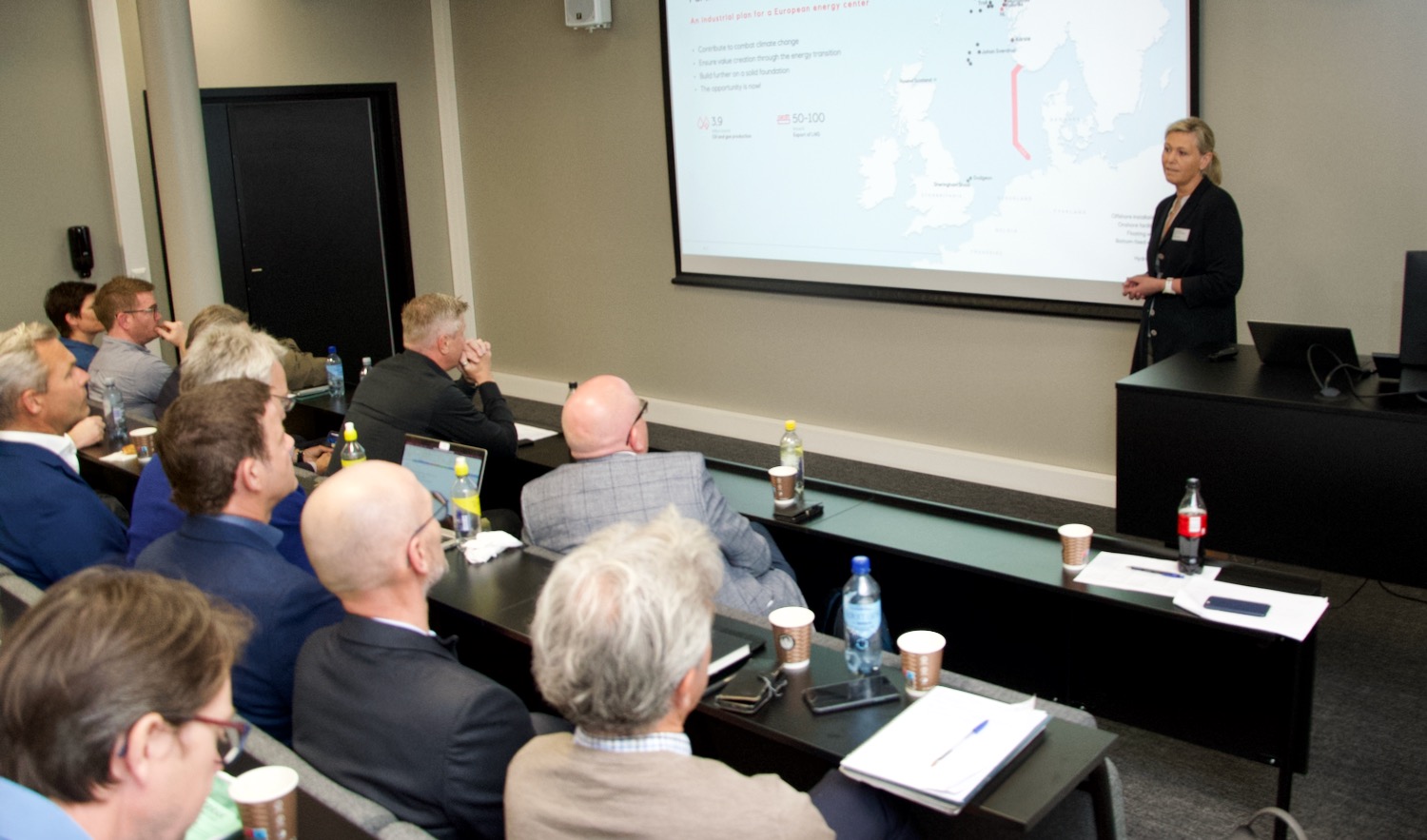Today, Equinor is already a dominant force in the early phase of floating installations that transform wind to electricity. The company has every intention to retain a strong position.
“When Hywind Tampen becomes operational, we will be the operator of 47 per cent of global floating wind production,” said Project Director Offshore Wind at Equinor, Grete Hexeberg.
Her reference to Hywind Tampen, a 95 MW project which will provide electric power to a cluster of oil and gas installations on the Norwegian Continental Shelf, was more than timely. The first Hywind Tampen turbine was towed out to sea the next day.
Several GCE NODE companies supplied Equinor with technology and competence necessary to complete Hywind Scotland, the world’s first floating wind farm, which became operational in 2017.
More companies would like to be part of the next chapters in the development of the Norwegian offshore wind industry; Sørlige Nordsjø II and Utsira Nord. Equinor has partnered with Vårgrønn with the intention to bid on both areas in the upcoming Norwegian licensing rounds.
“It is important to have a home market, and it is important for Equinor to take a lead in a home market,” said Hexeberg.
SIGNIFICANT COST REDUCTIONS
When developing the Hywind concept, Equinor has achieved significant cost reductions; 70 per cent from Hywind Demo to Hywind Scotland, and an additional 40 per cent from Hywind Scotland to Hywind Tampen.
“We expect to reduce costs by another 40 per cent or more when we build or next industrial scale project. We need volume for this industry to mature and become independent of subsidies,” said Hexeberg.
She complimented the companies and people in attendance.
“Norwegian suppliers have shown that they can be innovative, competitive, and able to deliver the highest quality. We will continue to collaborate with the Norwegian supplier industry to further mature and develop new and efficient solutions for the future,” said Hexeberg.





